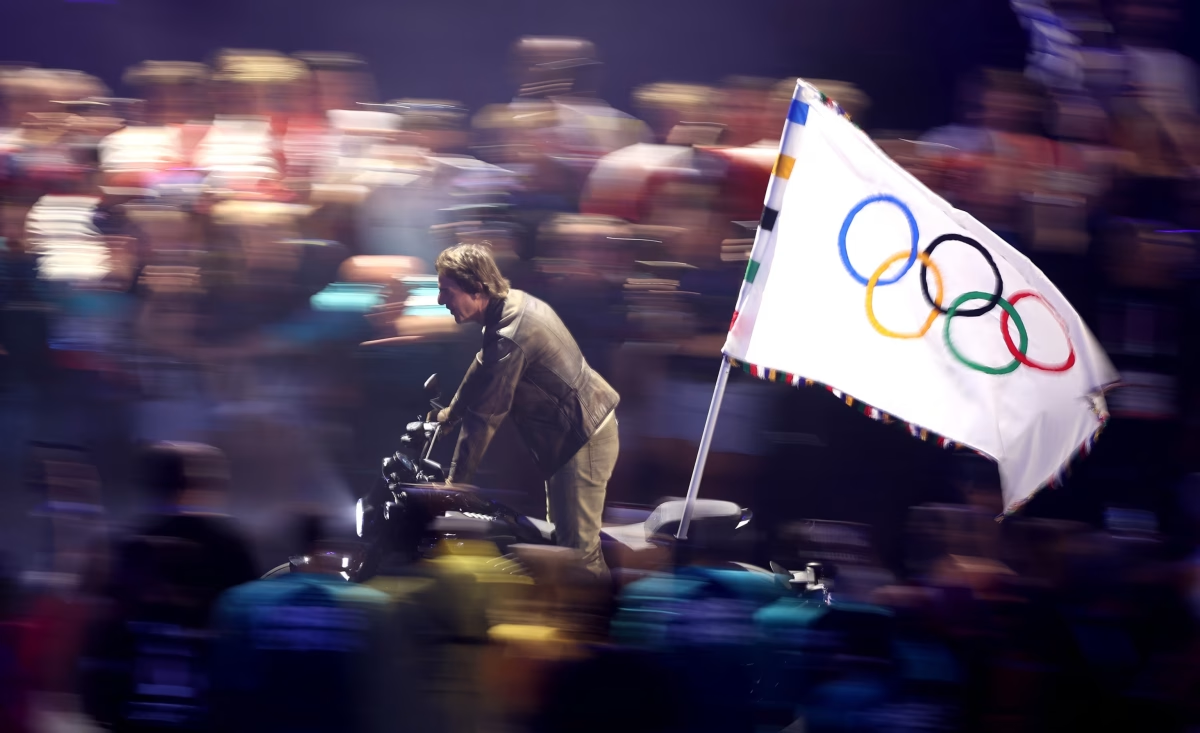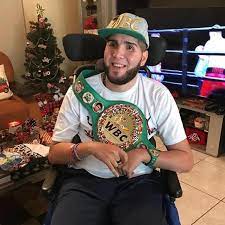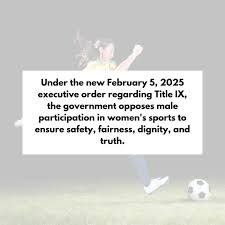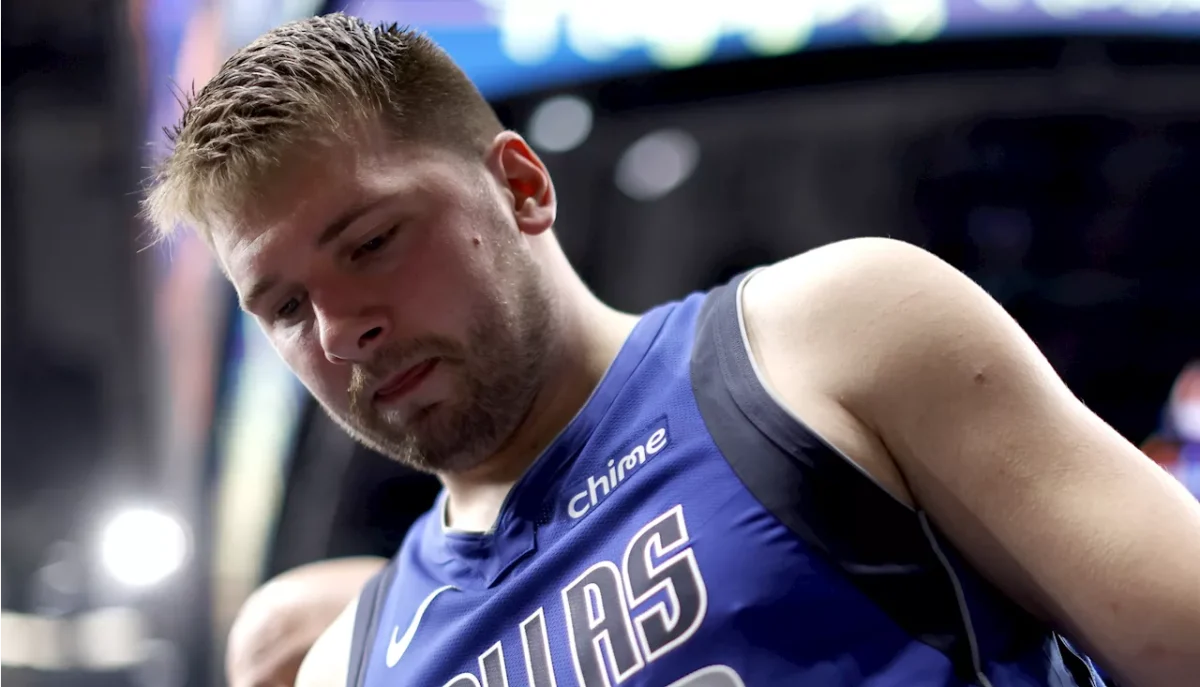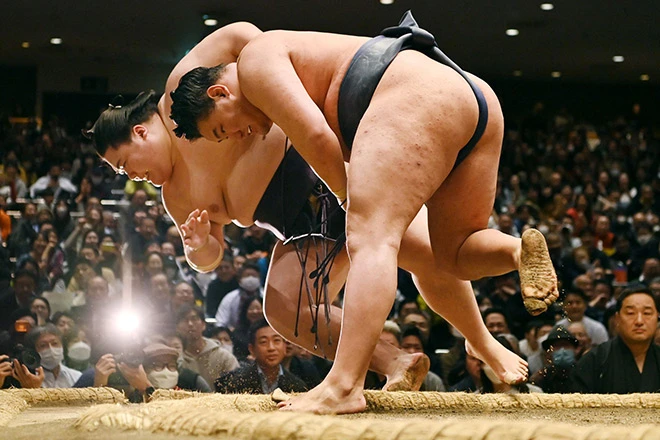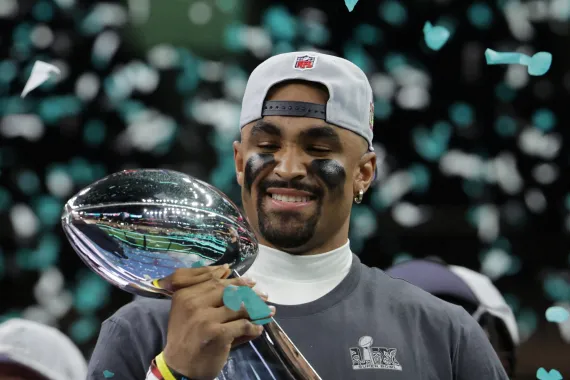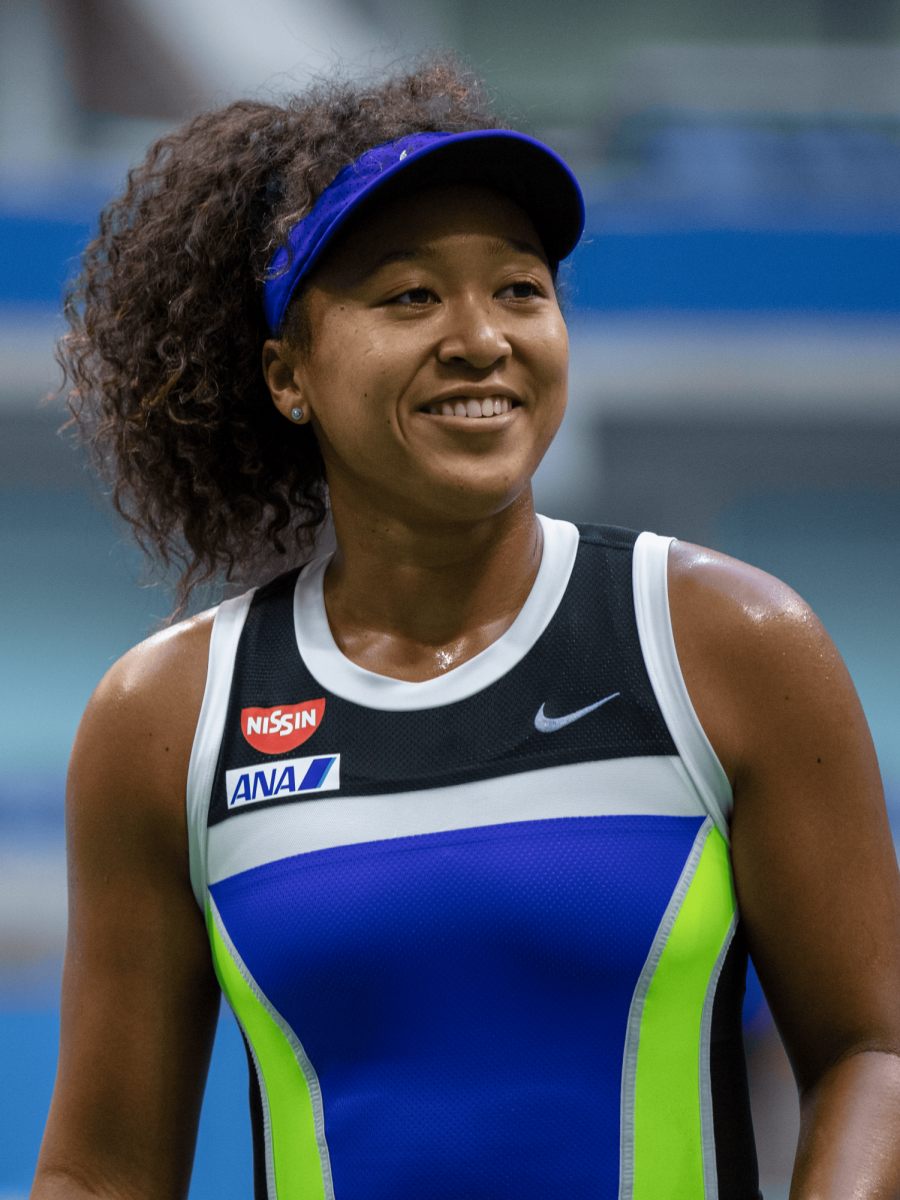The wind rippled through the Olympic flag, leaving the Stade de France in the hands of Mission Impossible actor Tom Cruise. Its exit officially marked the conclusion of the Paris Olympic games and was a nod to Hollywood, or more particularly, Los Angeles, the home of the following summer games. Though the 2024 Summer Olympics ended and athletes headed home in droves, another grand event was only weeks away.
Despite often being labeled as the ‘lesser’ of the two Olympic games, the Paralympics have a fascinating history and feature athletes performing an arguably more impressive feat: participating in the athletic sphere while embracing their disability.
For over a century, individuals with disabilities have actively participated in sports. Post World War Ⅱ, the athletic sphere widely introduced sports tailored for those with impairments. The idea for the Paralympic Games began in 1944 when Dr. Ludwig Guttmann opened a spinal injuries center at the Stoke Mandeville Hospital in Great Britain. Through the work of this hospital, the disabled community saw the transformation of rehabilitation into a more competitive form of sport.
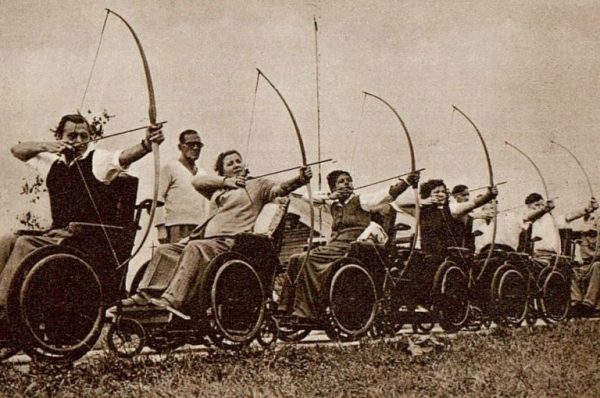
In 1948, Dr. Guttmann organized the first wheelchair competition, the Stoke Mandeville Games, where 16 injured servicemen and women participated in an archery competition. The event’s success eventually led to the first Paralympic Games in 1960, where 400 athletes from 26 countries participated in competitions designed for the impaired.
‘Paralympic’ comes from Greek origin, with ‘Para’ meaning beside or alongside. ‘Paralympics’ refers to the games that take place alongside the Olympics. This international event has since grown in scale and popularity, showcasing the incredible abilities of athletes with impairments worldwide.
The Paralympics uses a classification system to ensure that athletes with similar limits compete against one another. Classification determines which athletes are eligible to compete in a sport and groups each athlete in a way that ensures a fair playing ground.. Each sport has its own classification system since a given impairment affects an athlete’s performance differently in each sport.
According to Paralympics.org, the National Paralympic Committee (NPC) implements ten different impairment types in the games. The list includes but is not limited to, impaired muscle power, limb deficiency, short stature, and vision impairment. Each athlete must submit certain medical documents to the NPC, which is a vital part of the classification process, ensuring that the committee places them in the correct class for each sport they compete in.
Most of the sports in the Paralympics are simply a modified version of typical Olympic sports for those with physical, mental and vision impairments. Athletes compete in Olympic classics like archery, equestrian, swimming, and rowing against other athletes in a similar impairment classification. On the other hand, some sports are modified for specific disabilities, like wheelchair versions of basketball, fencing, rugby, and tennis, and the sitting version of volleyball to accommodate physical disabilities. There are other sports, however, that are entirely unique from the Olympics.
One such sport is Goalball, a team sport exclusively reserved for athletes with vision impairments. Except for a fully-seeing goalie, athletes must wear blackout goggles to level the playing field regarding vision. The audience must remain completely silent so that a bell inside the ball can be heard clearly since athletes rely solely on ear-to-hand coordination during play. Points are scored by rolling the ball into the opposing team’s net; for defense, players can block the ball with their hands or feet.
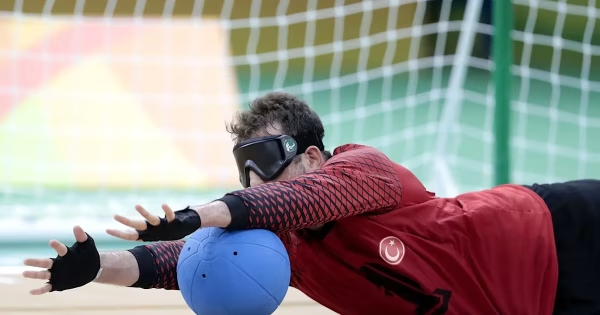
At the finish of the 2024 Summer Paralympic Games, Team USA finished third overall in the medal count, while China remained dominant and took first in both the total and gold medal count. From the track to the pool and even on the court, Team USA’s Paralympic journey was filled with big milestones and incredible stories.
Parathlete Matt Stutzman made his fourth Olympic debut on the Archery range and won the first gold medal by someone without arms. The USA’s Men’s Wheelchair Basketball team beat Great Britain 73-69 and won their third consecutive Gold Medal, becoming the first team to hold a streak for this long. Hunter Woodhall ran an incredible 400m with a time of 46.36 seconds and won gold in the T62 final. Wodhall is the husband of Women’s Olympic long jump Tara Davis-Woodhall, and his victory on Friday cemented the pair as an Olympic power couple. Swimmer Jessica Long won two gold medals in the 100m S8 butterfly and the 400m S8 freestyle, making her the second most decorated American Paralympian ever. Her teammate, Ali Truwit, won two silver medals herself, an impressive comeback since she lost parts of her leg in a shark attack around a year earlier.
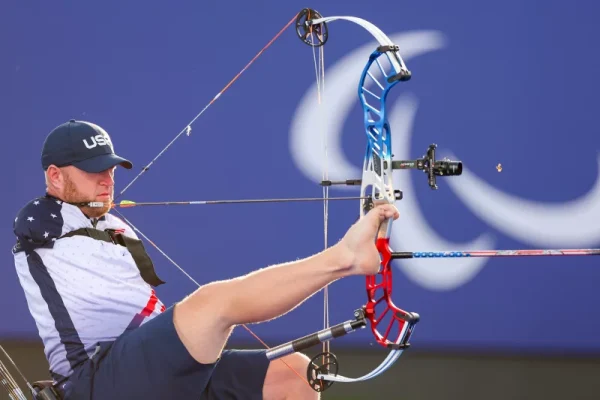
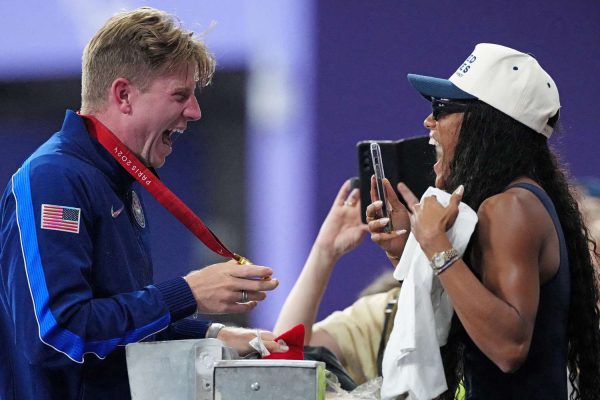
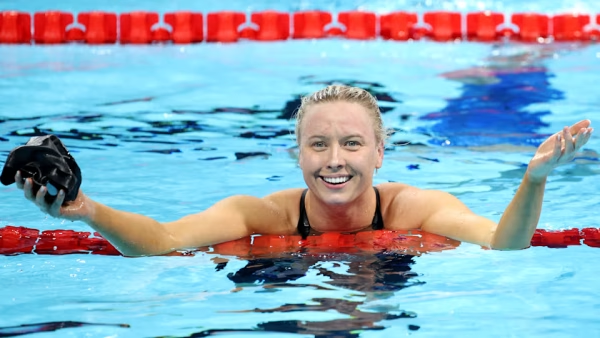
This year’s Paralympics ended with over 4,400 athletes participating in 549 medal events and 22 different sports. With unthinkable strength, ability, and perseverance, Parathletes broke boundaries, set new records and refused to let their impairments define them or limit their goals. While some athletes said goodbye to the sport they loved, for others, heading back home means heading back to training. For others still, mainly the next generation, it means setting their eyes on the future and the 2028 games.



